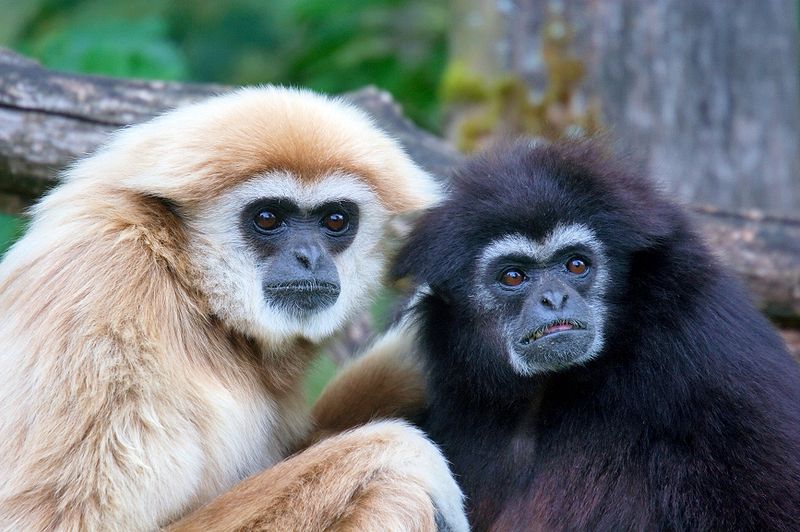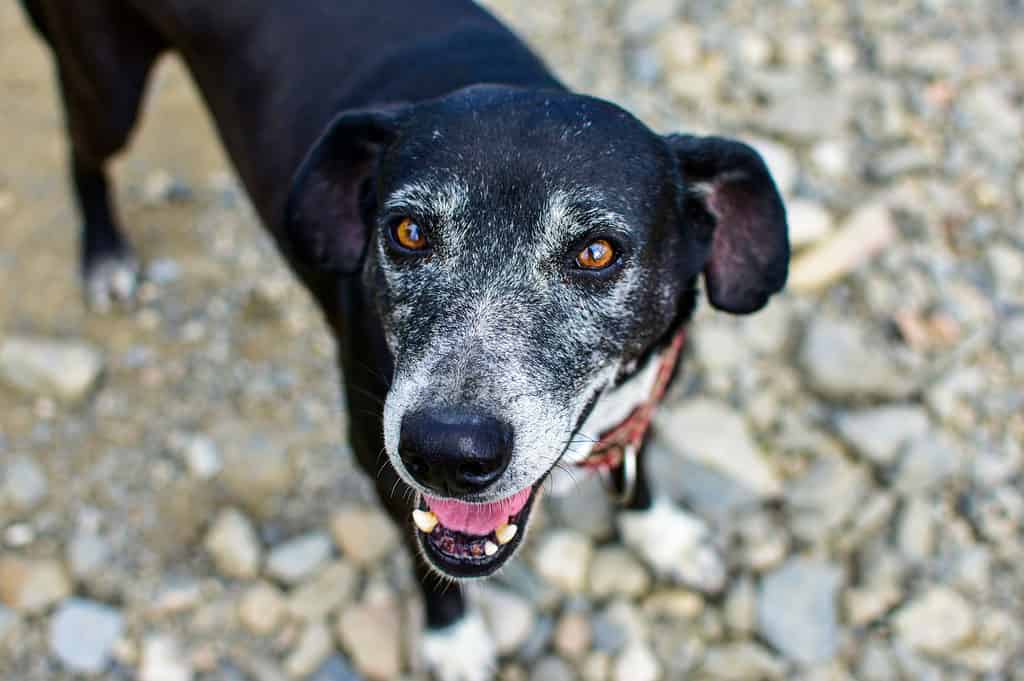Quadrupedal organisms move on four feet or limbs.
Quadrupedal means “four-footed” or “four-limbed” derived from the Latin words quattor (four), and pes (foot). It describes the type of movement the animal or machine uses for locomotion.
An animal that uses four feet or limbs to move is called a “quadruped.” The type of locomotion used by a terrestrial quadruped animal includes walking, running, galloping, trotting, hopping, climbing, or jumping. The animal will use all four limbs to move around and bear their body weight.
Some of the most common mammals we see every day are quadrupeds, such as dogs and cats. Each quadruped animal can move in various ways on four feet, while some animals are only limited to one or two movements. The animal may also maintain a quadrupedal stance when it is not moving.
Machines can be considered quadrupedal if they move on four points, and they are known as quadruped machines.
List of Quadruped Animals

Animals that stand and move on four limbs are quadrupeds.
©Callipso88/Shutterstock.com
Examples of quadruped animals that can move on four feet or limbs include:
- Zebras
- Dogs
- Cats
- Hippos
- Camels
- Deer
- Moose
- Cattle
- Sheep
- Lion
- Cheetah
- Giraffes
- Fox
- Reptiles
- Primates
- Horses
- Rodents
Types of Quadrupedalism
Facultative

Gibbons, as well as many other primates, are facultative bipeds.
Not all animals move quadrupedally all the time. Certain animals use both bipedal and quadrupedal movements for locomotion on land.
Animals that can walk on two or all four limbs and bear their body weight can be referred to as facultative bipeds or quadrupeds, because their movement is not limited to only one set of limbs. The animal may run on all four limbs but stand and walk on two limbs. These animals include many rodents (rats, mice, hamsters), some reptiles, and primates (apes, chimpanzees, and baboons). When an animal walks primarily on four limbs, but walks or runs on two in certain situations, they are facultative bipeds. An animal that primarily walks on two, switching to four in certain circumstances, it is a facultative quadruped.
Obligate

All dogs are obligate quadrupeds, as they walk on all four of their limbs all of the time.
©Oakland Images/Shutterstock.com
Animals that have no choice but to move on all four limbs are referred to as obligate quadrupeds since they are obligated to move quadrupedally. These animals include zebras, horses, dogs, and cats. Further, it is the norm for the majority of quadruped animals.
Knuckle-Walking

Gorillas are knuckle-walkers, using their hands for four-limb locomotion, while retaining their fingers for climbing and gripping.
©Ondrej Prosicky/Shutterstock.com
There are instances where an animal does not walk on four feet but rather their two hind feet and knuckles. This can be described as knuckle-walking quadrupedalism, and it is typical for African apes, baboons, chimpanzees, and gorillas. Whereas animals such as baboons, owl monkeys, and macaques use digitigrade quadrupedalism by moving on their hind legs and the flat part of their fingers and hands.
Pronunciation
Kwah-druh-pee-duhl



